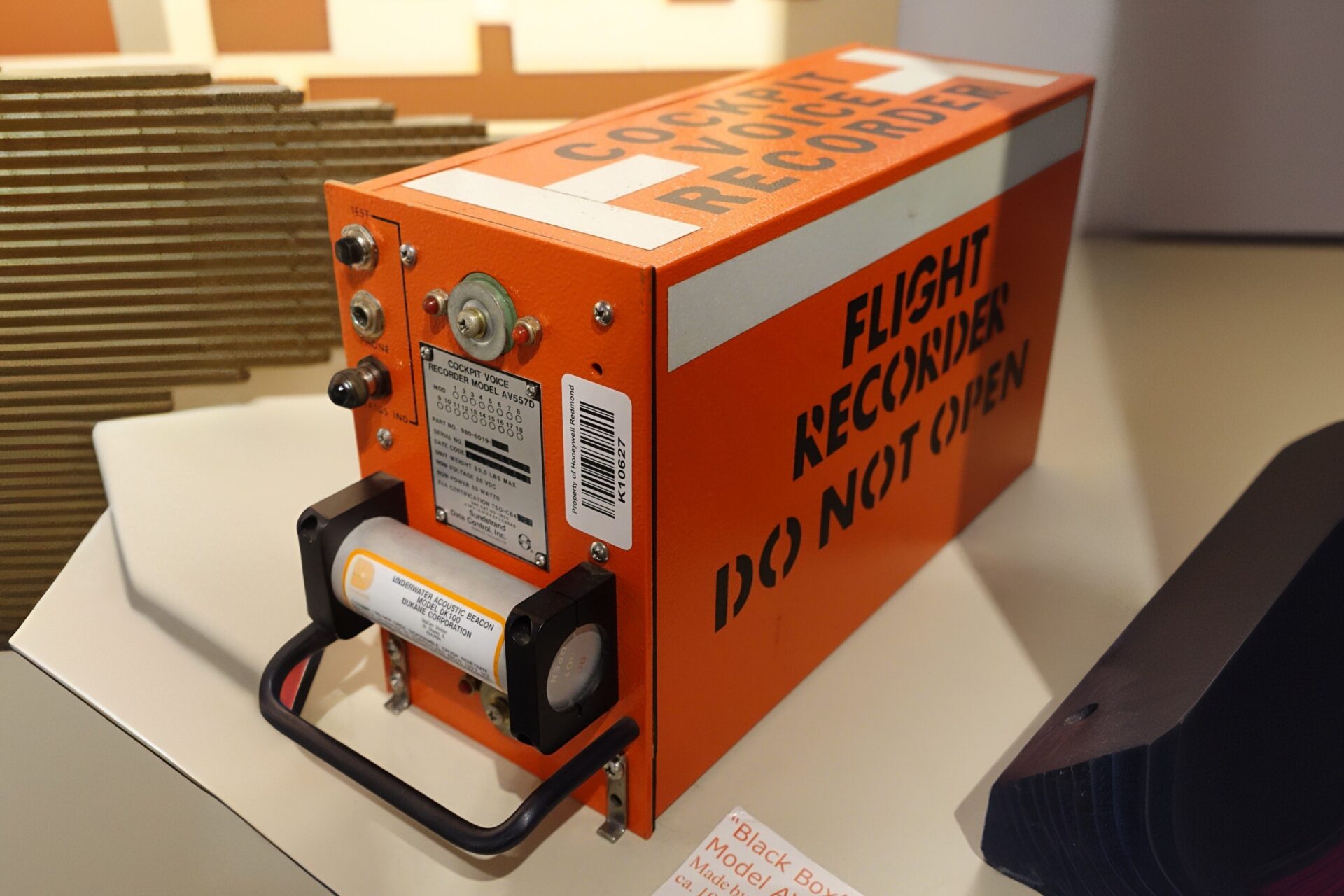The tragic midair collision near Washington, D.C., that claimed 67 lives is now under intense scrutiny as investigators uncover a significant altitude discrepancy that could be key to understanding what went wrong. A newly released analysis of the black box data from the American Airlines CRJ-700 jet reveals that the aircraft was flying at approximately 325 feet at the time of impact. Meanwhile, control tower data places the U.S. Army Black Hawk helicopter at 200 feet. This 125-foot difference is now a focal point of the National Transportation Safety Board’s (NTSB) investigation.
Investigators are considering multiple possibilities, including whether there were errors in the reported altitudes, if the helicopter might have exceeded its maximum allowed altitude, or if the crew’s use of night-vision goggles played a role in misjudging their position. The NTSB is also analyzing last-second evasive maneuvers recorded by the jet’s black box, along with communications from air traffic control, to piece together the chain of events that led to the collision.
“That’s what our job is, to figure that out,” NTSB member Todd Inman told reporters, clearly frustrated by questions about the altitude discrepancy. And the investigation isn’t exactly smooth sailing—one major roadblock is that the helicopter’s black box, which holds crucial flight data, is currently waterlogged after plunging into the Potomac River. “We currently don’t have the readout from the Black Hawk,” Inman explained, “so we cannot provide information about the altitude at which the helicopter was flying.”
Despite the technical challenges, investigators remain focused on providing answers to the victims’ families. “Some wanted to give us hugs. Some are just mad and angry,” Inman said. “They are just all hurt. And they still want answers, and we want to give them answers.”
One concerning detail emerging from the investigation is that only one air traffic controller was responsible for managing both helicopter and plane traffic at the time of the incident. Typically, these duties are split between two controllers, but the airport consolidates them into one position after 9:30 p.m. when traffic slows down. That decision is now facing scrutiny, as it could have contributed to the communication errors leading up to the crash.
As NTSB investigator Brice Banning put it, “This is a complex investigation. There are a lot of pieces here. Our team is working hard to gather this data.”
With the black box recordings capturing the jet crew’s final reactions just seconds before impact, the focus now is on preventing another tragedy like this from happening again.


Leave a Comment